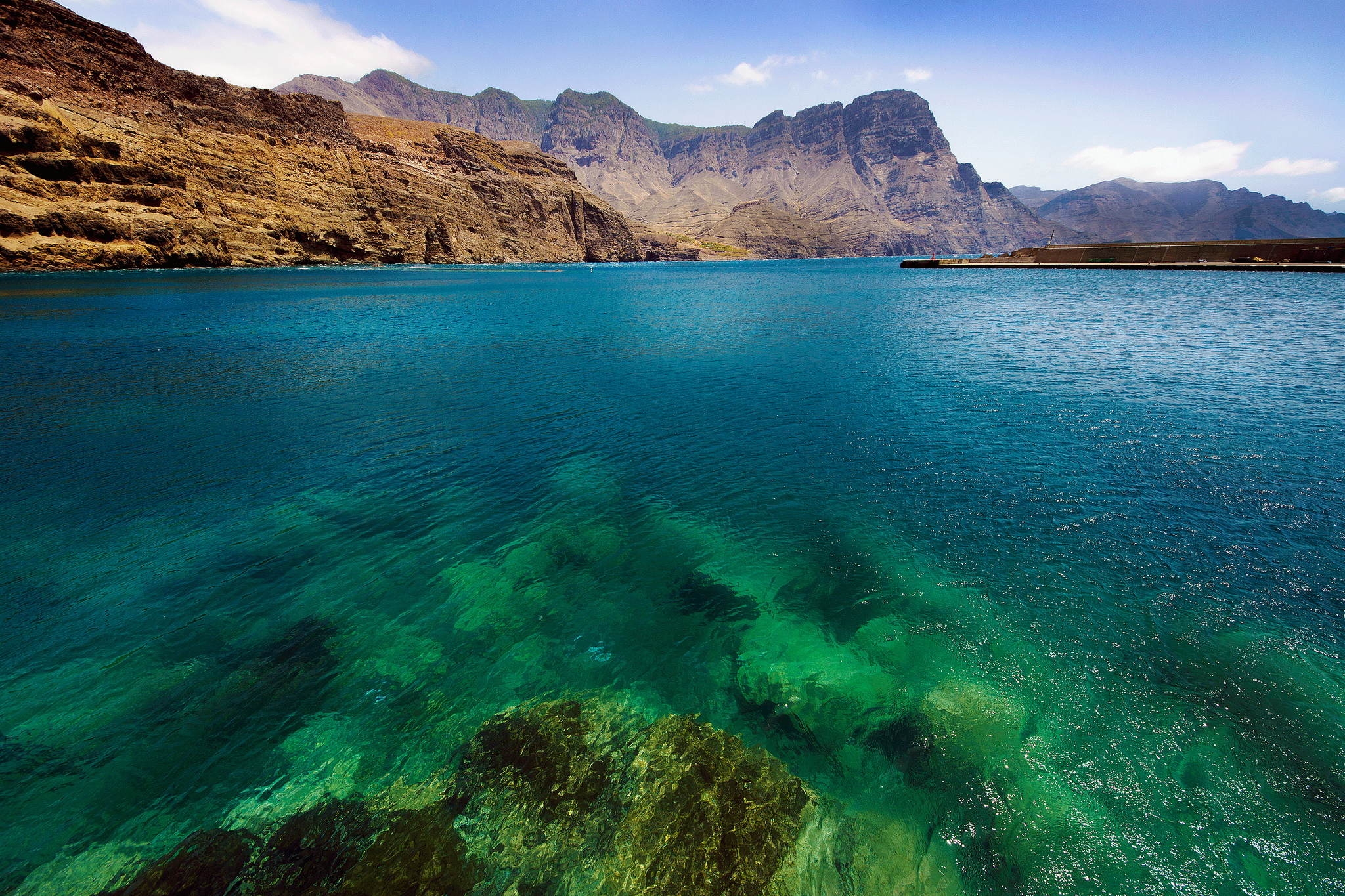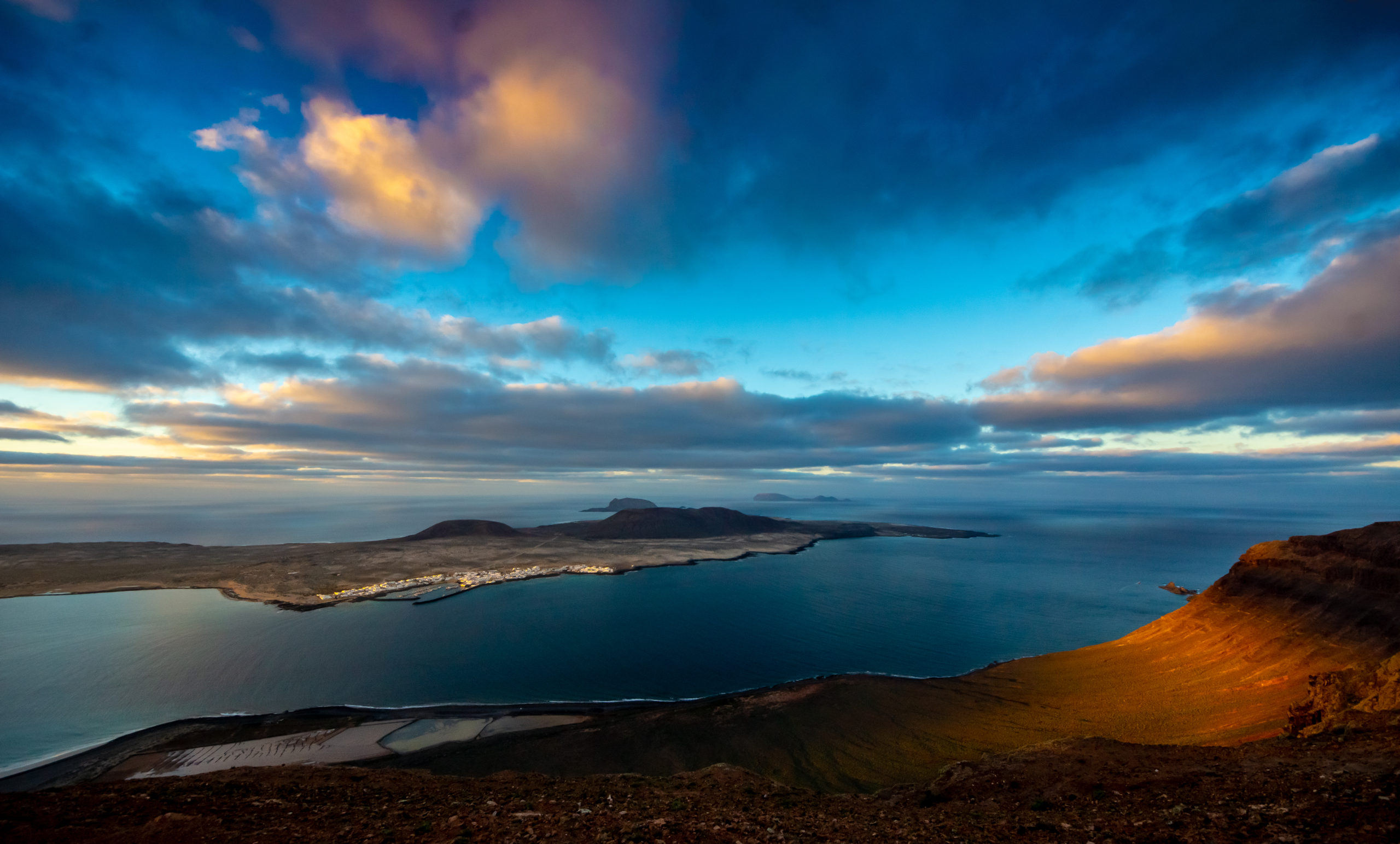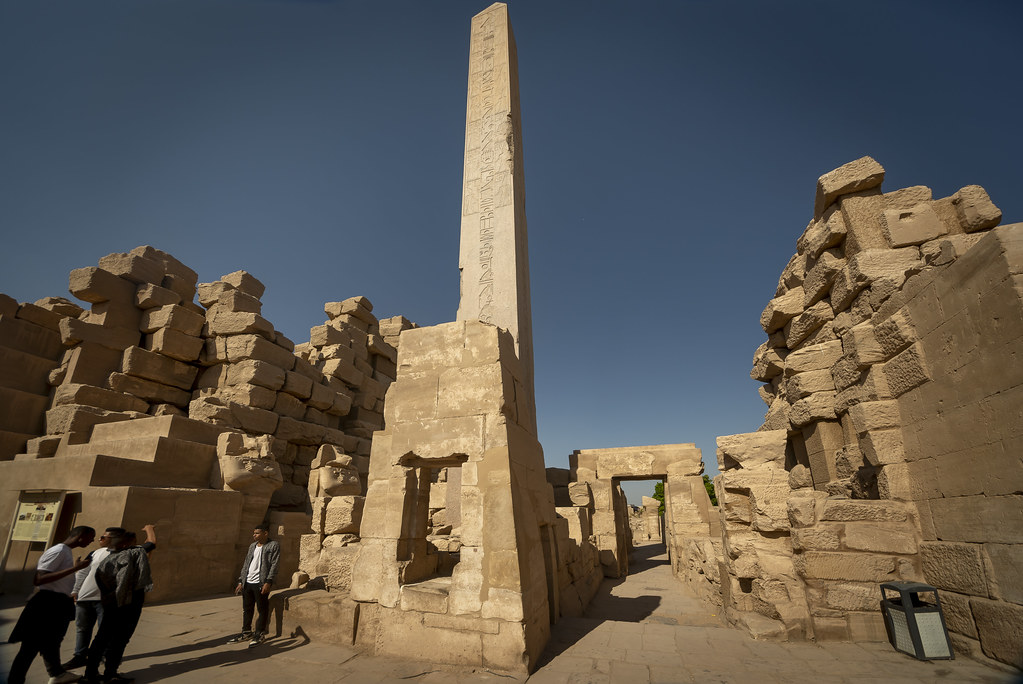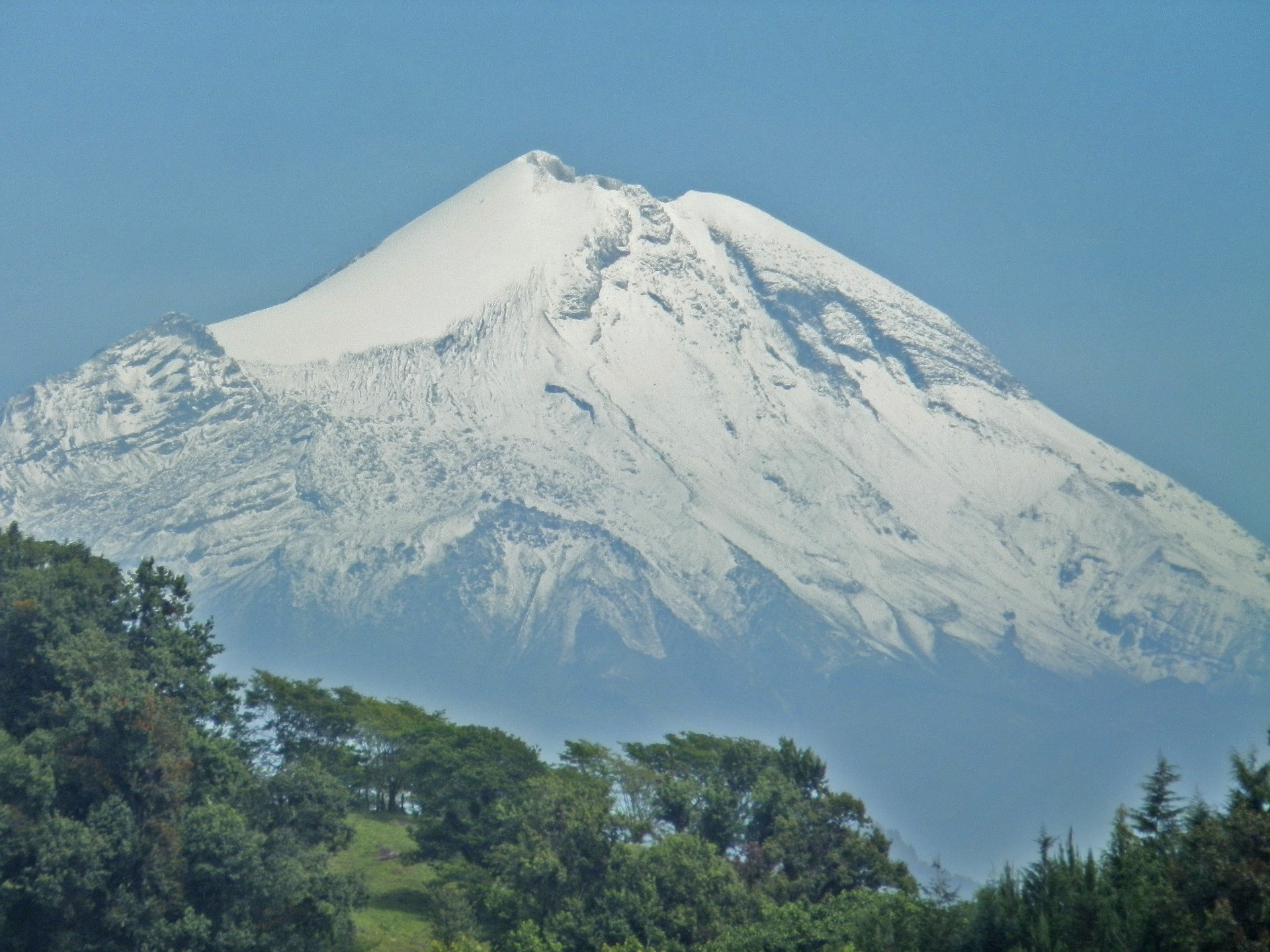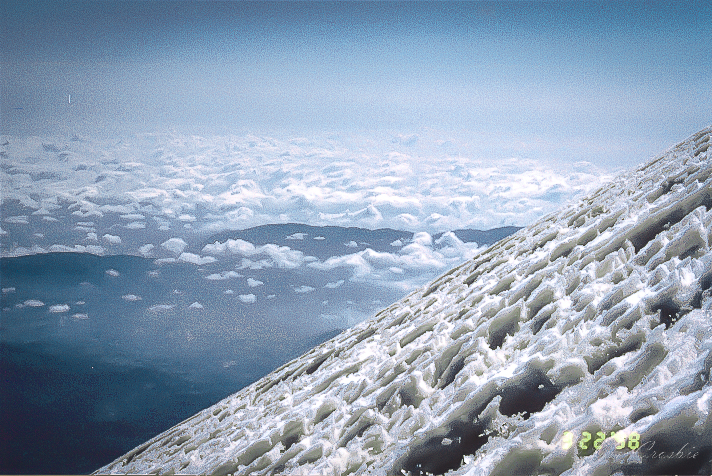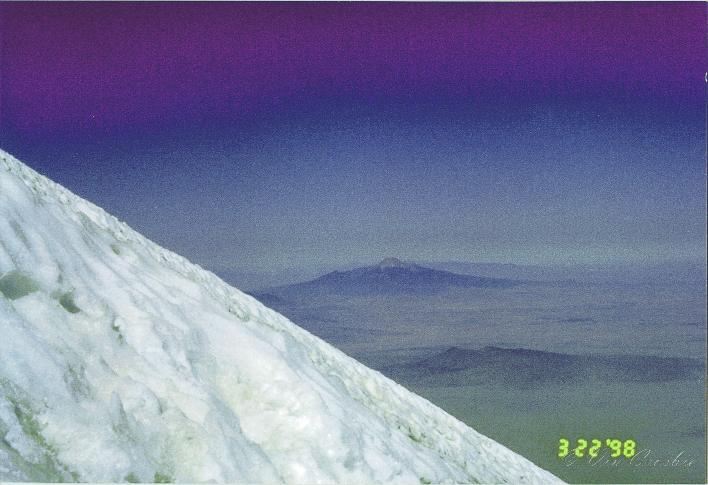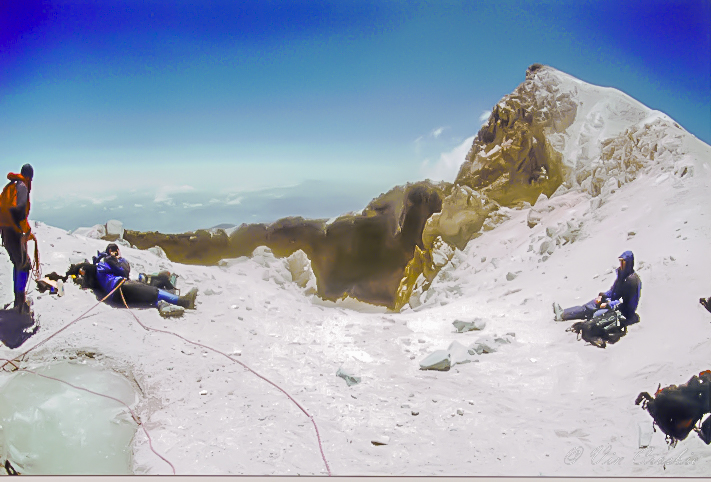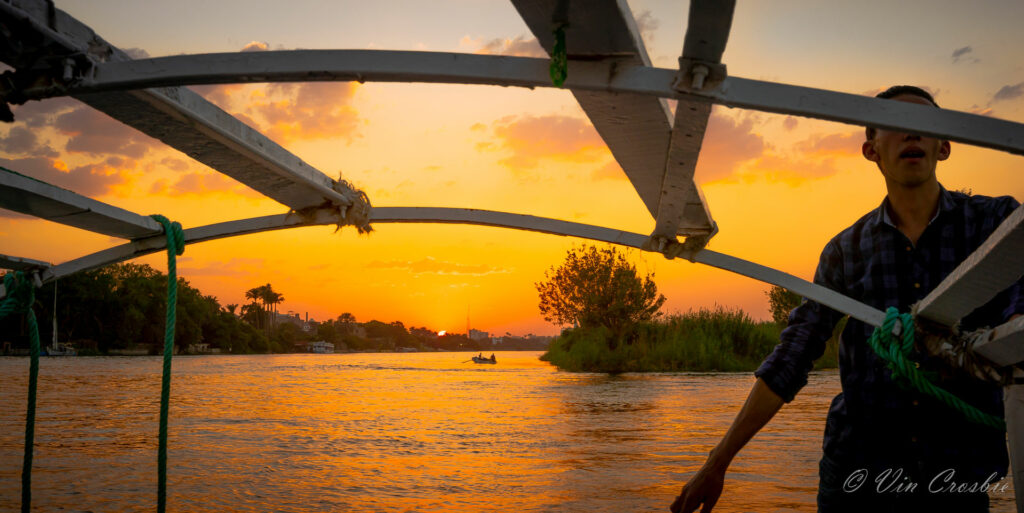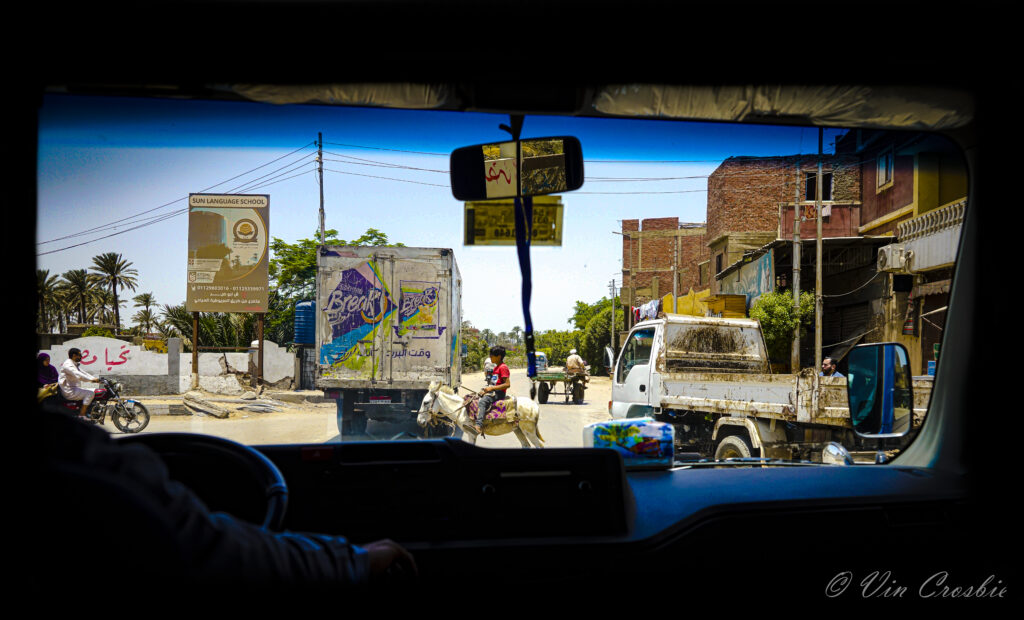Travel is the Best Way to See the Reality of Where You are From
Travel is the best way to see the reality of where you are from because without that you see no new perspective, know no difference, and can make no judgements. I have been fortunate to have travelled much: I’ve logged more than a million airline miles since 1993, air mileage which doesn’t count my a dozen foreign trips during the 1970s and ’80s nor extensive domestic U.S. airtravel during the 1980s and early ’90s for United Press International and Reuters. Among the things which all that travel has led me to see is how woefully miserable the North American and many European airlines have become.
It is no wonder why for the past ten years Skytrax‘s rankings of the Top Ten Airlines (i.e., the ‘Five Star’ or World Airline Awards rankings) are dominated by Persian Gulf and Far Eastern airlines. During some of the past ten years, a European airline might appear among the Top Ten, yet that hasn’t happened during most of those years. The 2023 Top Ten are:
- Singapore Airlines
- Qatar Airways
- All Nippon Airways (of Japan)
- Emirates
- Japan Airlines
- Turkish Airlines
- Air France
- Cathay Pacific Airways
- EVA Air (of Taiwan)
- Korean Air
Among European airlines, either Air France or Lufthansa make the list some years. As for Turkish Airlines, its home airport of Istanbul is 29 kilometers (18 miles) into Europe, although most of Türkiye (the nation until recently known as Turkey) is in the Middle East. The highest ranking U.S. airline is Delta at #20 (behind such airlines as Fiji Airways and India’s Vistara). Air Canada ranks #38, United Airlines #49 (just ahead of Azerbaijan Airlines), Alaska Airlines #52, Jet Blue #55, Southwest #60, American Airlines #82, and Hawaiian Airlines #85. Skytrax only ranks the Top 100 airlines, so forget about Spirit Airlines. These rankings demonstrate just how bad U.S. aiirlines are.
My two favorite airlines are Singapore and Qatar, so I’m not surprised. My wife’s favorites are Singapore and Emirates. We love Singapore Airlines so much that we booked it around the world during our honeymoon in 2013. I’ve thrice flown non-stop flight from New York City to Singapore, a trip which lasts for 17 to 18 hours depending upon the winds. Most Americans would abhor the very idea of such a long flight, yet that’s because they’ve only flown on U.S. airlines and never on Singapore Airlines. The video above, shot by aviation video blogger Sam Chui, lets you know how well trained Singapore Airline cabin crews are. It shows what makes the world’s best airline.
I realize that I’ve a few friends (notably those who have worked as cabin crew on U.S. airlines who might not like Singapore Airlines’ services compared to U.S. airlines. I realize that this airline and its iconic ‘Singapore Girl’ uniform persists what some North Americans and Europeans will charge is sexism. And I know that Singapore Airlines is mostly government-funded, whereas no U.S. airline is. However, if you’re a airline passenger, you are more likely to value the courtesy and services you receive when judging an airline; that your comfort, and not governmental and cultural policies, are your main concerns.



